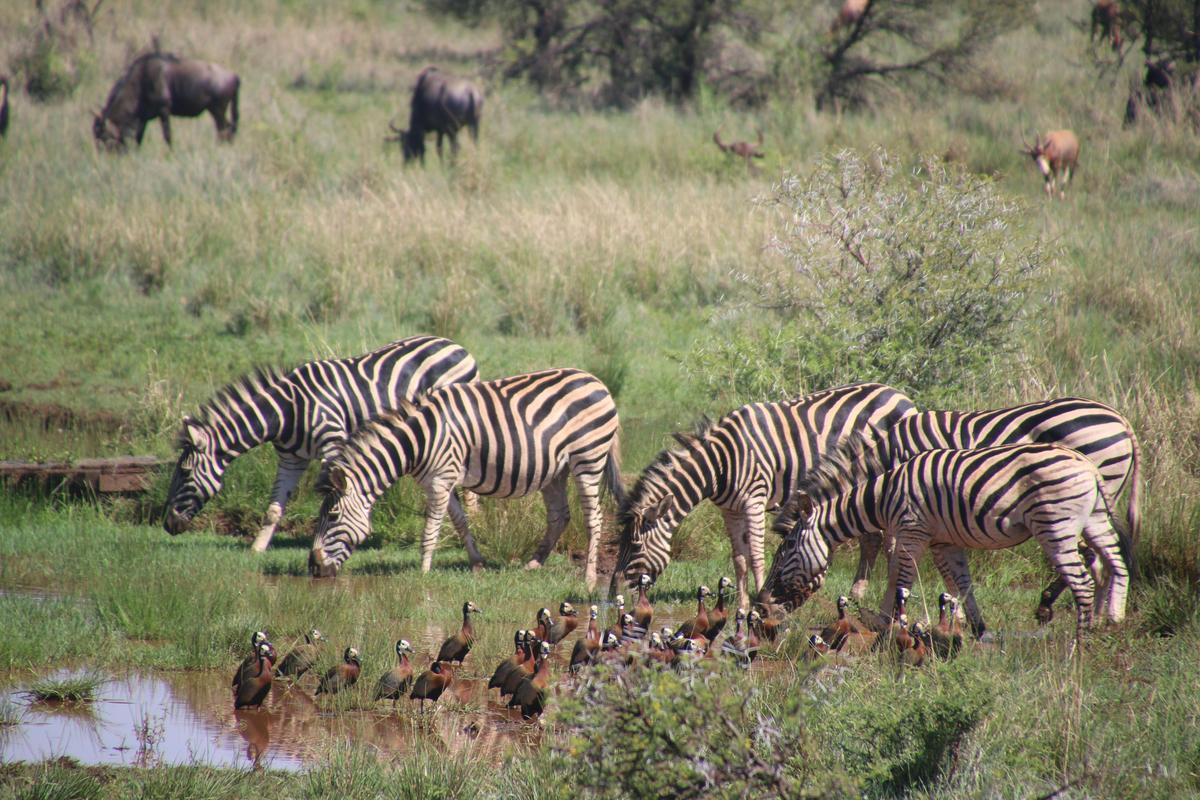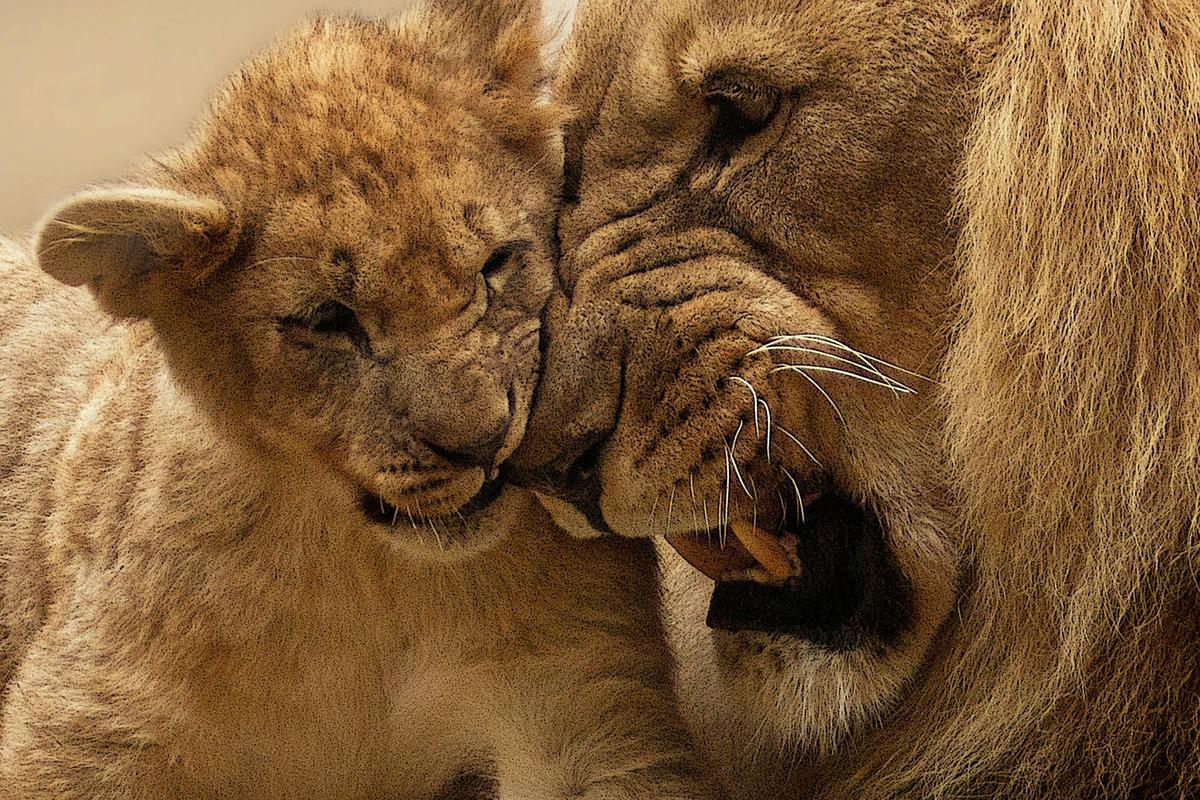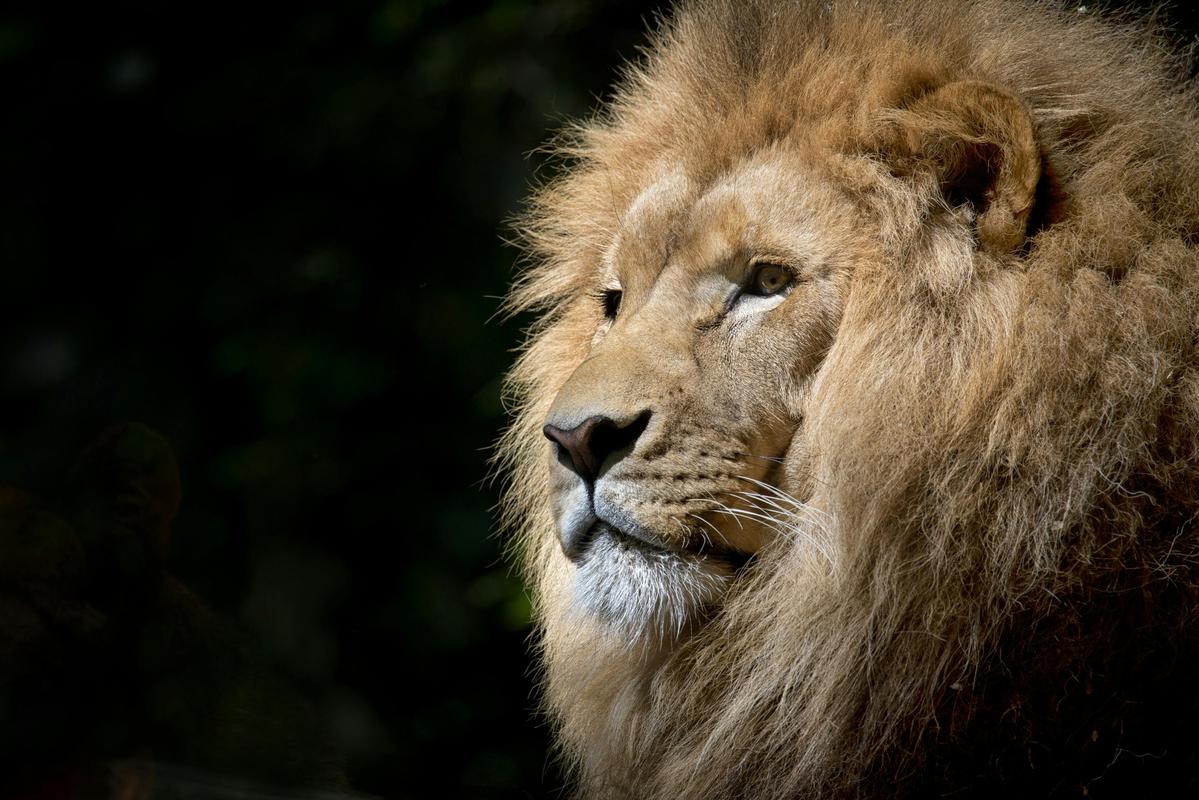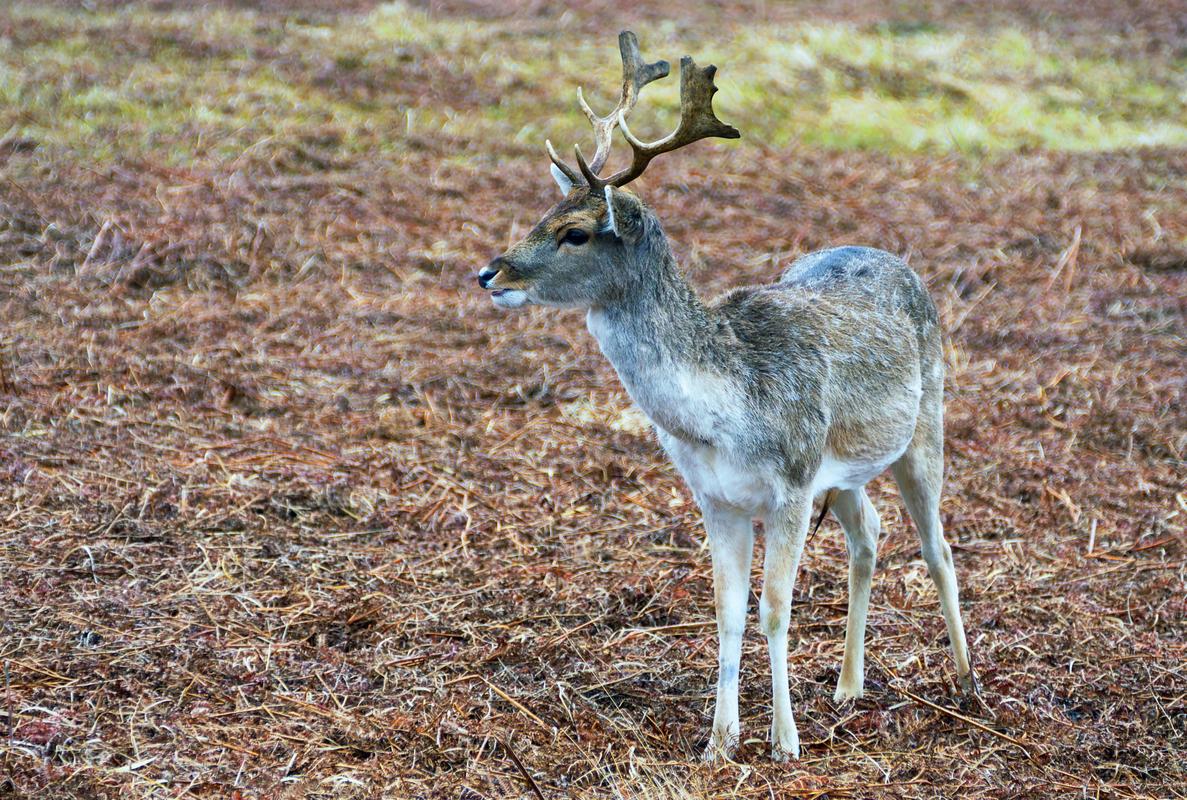The Fascinating World of Extinct Animals: An Introduction
The world is full of mysteries, and none are more captivating than the stories of animals that have vanished from our planet. From the elusive Fat Catfish of Colombia to the enigmatic Togo Mouse, these lost species represent a tantalizing glimpse into the diversity of life that once thrived on Earth.
Imagine the thrill of rediscovering a creature that has evaded detection for decades, or even centuries. This is the driving force behind the tireless efforts of organizations like Global Wildlife Conservation and Re:wild, who have compiled comprehensive lists of over 1,200 missing species. These dedicated teams scour remote corners of the globe, searching for clues and following leads that could unlock the secrets of the natural world.
Each lost species tells a unique story, a testament to the resilience and adaptability of life. The Dwarf Hutia, last seen in the Zapata Swamp of Cuba, may still be holding on, facing the challenges of invasive species. The South Island Kokako, a striking New Zealand bird, was believed extinct until a possible sighting in 2007, sparking renewed hope for its survival.
These tales of the missing captivate the imagination, inspiring artists to breathe life into the creatures through stunning illustrations. And when a lost species is rediscovered, it’s a moment of pure wonder, a reminder of the incredible diversity that still awaits our discovery.
As we search for these elusive animals, we are not only uncovering the secrets of the past but also shaping the future. Each rediscovery is a testament to the enduring power of nature, a beacon that guides us towards a greater understanding of the world around us. 1 2
Top 10 Extinct Animals That Once Roamed the Earth
Stepping back in time, we discover a fascinating world of creatures that once roamed the Earth, each with its own unique story. From the amazing Woolly Mammoth, towering over 4 meters tall and weighing more than 6 tons, to the mysterious Tasmanian Tiger, a meat-eating marsupial with a cool striped coat, these lost species have made a lasting impact on our planet’s history.
The Baiji White Dolphin, a freshwater whale found only in China’s Yangtze River, was a true wonder of nature, growing up to 8 feet long and weighing a quarter of a ton. Sadly, this gentle giant was lost due to human activity, with the last confirmed sighting in 2002. The Passenger Pigeon, once having a population estimated between 3 and 5 billion, was hunted to extinction, a sad reminder of how delicate our natural world is.
The Dodo, a bird that couldn’t fly native to the island of Mauritius, stood about a meter tall and weighed up to 18 kg, yet it disappeared due to the introduction of invasive species and human exploitation, disappearing from the Earth by the late 17th century.
Exploring the depths of the past, we uncover the Steller’s Sea Cow, a huge marine mammal that could grow up to 9 meters in length and weigh 10 tons. This gentle giant, once found in the waters around the Commander Islands, was hunted to extinction within just 27 years of its discovery by European explorers.
As we learn about the captivating stories of these lost species, we are reminded of how fragile our natural world is and the urgent need to protect the amazing diversity of life that still graces our planet. By understanding the past, we can better shape the future, making sure that the wonders of the natural world are preserved for generations to come. 3 4
The Causes Behind the Extinction of Various Animal Species
The extinction of animal species is a complex and multifaceted issue, driven by a range of human-induced factors. At the heart of this crisis lies the relentless destruction of natural habitats, a consequence of our insatiable appetite for resources and development.
Think about the ancient forests of the Pacific Northwest, where logging has decimated the homes of countless plant and animal species. Similarly, the introduction of invasive species to Hawaii has had a devastating impact, hunting some native bird species to extinction and endangering many others. The oceans, too, are not immune to this crisis, as plastic pollution poses a grave threat to marine creatures like the leatherback turtle, who mistake it for their jellyfish prey.
The scale of the problem is staggering. Globally, we catch an astounding 85 million tons of fish and other marine animals every year, depleting the very ecosystems that sustain them. And the threat extends beyond the oceans, with certain populations of salmon, such as the sockeye from the Snake River system, teetering on the brink of extinction.
- Habitat loss is the main driver of higher extinction rates, as human activities like logging, development, and the introduction of invasive species destroy the natural homes of countless species.
- Overfishing, pollution, and the spread of diseases also contribute to the decline of animal populations, with some species like the coho salmon in the lower Columbia River potentially already extinct.
- Global warming, fueled by human-generated greenhouse gas emissions, is melting the Earth’s glaciers and polar ice caps, leading to rising sea levels and further disrupting fragile ecosystems.
The extinction of animal species is not just an ecological tragedy; it is a profound loss of the rich tapestry of life that has evolved over millennia. As stewards of this planet, we must tackle this crisis head-on, prioritizing the preservation of habitats, the sustainable management of natural resources, and the protection of vulnerable species. Only then can we hope to safeguard the incredible diversity of life that makes our world so vibrant and awe-inspiring. 5 6
How Scientists Discover and Study Extinct Animals
Uncovering the secrets of extinct creatures is a fascinating scientific pursuit, driven by the relentless curiosity of researchers. By carefully studying the fossil record, scientists piece together the evolutionary histories of these vanished beings, revealing the intricate web of life that has unfolded over millions of years. The discovery of the massive crater left by the asteroid impact that led to the demise of the dinosaurs provides a powerful example of how these investigations can shed light on the dramatic events that have shaped the course of life on Earth.
However, the modern era has brought about a new and deeply concerning chapter in the story of extinction. Due to human activities like habitat destruction, pollution, and overexploitation, species are disappearing at an alarming rate, with estimates suggesting that up to one-third of the world’s parasites could vanish within decades. This crisis goes beyond the charismatic megafauna, with amphibians, sharks, and marine mammals all facing serious threats. Sadly, the communities most affected by this loss of biodiversity are often the world’s poorest and most vulnerable.
Addressing this challenge will require a multifaceted approach, blending scientific research, conservation efforts, and a profound shift in our relationship with the natural world. By understanding the complex factors that have driven past extinctions, we can better anticipate and mitigate the threats facing the species of today. Only then can we hope to preserve the wonders of the living world and honor the legacies of those that have come before. 7 8
References
-
“Top 25 Most Wanted Lost Species” - www.rewild.org ↩
-
“What Causes Extinction” - www.amnh.org ↩
-
“Why Do Animals And Plants Become Endangered” - www.usgs.gov ↩
-
“Science Behind Extinction” - sustainability.stanford.edu ↩
-
“Extinction Over Time” - naturalhistory.si.edu ↩

 Photo by
Photo by  Photo by
Photo by  Photo by
Photo by